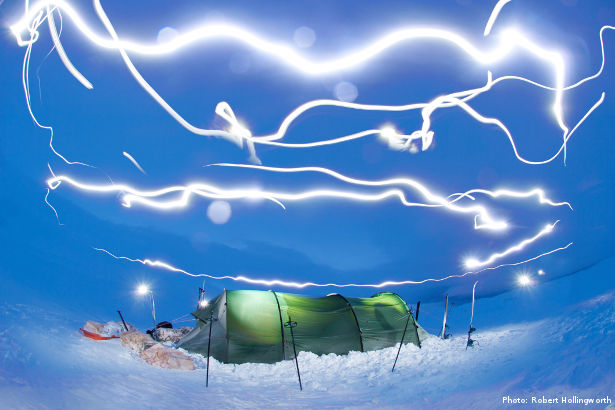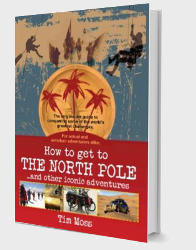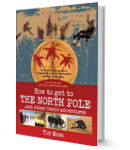
Mike Thornewill has completed coastal expeditions to both the South and North Poles. Here he shares some recommendations on glove combinations for use on South Pole expeditions.
[divide]
[box type=”note” bg=”#ebebeb” color=”#111″ font=”arial” fontsize=”13″ border=”#a6a6a6″ head=”How To Get To The South Pole” headbg=”#21417b” headcolor=”#fff”]
This is an edited excerpt from the How To Get To The South Pole chapter of my new book: How To Get To The North Pole And Other Iconic Adventures.
[button color=”green” link=”http://thenextchallenge.org/books” size=”big” font=”arial” fontw=”bold” textcolor=”#fff” texthcolor=”#d00000″ align=”center” radius=”8″]Order Now[/button]
[/box]
[divide]
Skin Layer
A thin, basic and inexpensive poly-propylene lightweight ‘contact’ glove.
Working Glove
Must be windproof and have a surface that easily sheds snow. Choose lightweight, breathable and a comfy fit. This layer must not be bulky because it has to slide easily inside large over-mitts. A little bit of grip on palm is helpful, but too much is not. For an idea of thickness, consider a cycling glove.
Over-Mitt
Go very large and very warm. Must be breathable (although avoid Gore-Tex because it does not breath well at cold temperatures). A fleece lining is ideal but avoid down filling as it retains moisture.
Extra large snowmobile gloves work particularly well. I buy synthetic snowmobile mitts from Weaver & Devore for around 35 Canadian dollars.
Just don’t let them blow away…!
Read more at www.polarchallenge.org
[divide]
How to Get to the North Pole:
and Other Iconic Adventures
Newly published for April 2012
[button color=”green” link=”http://www.thenextchallenge.org/books/” size=”big” target=”_blank” font=”arial” fontw=”bold” textcolor=”#fff” align=”center” radius=”10″]Order Now[/button]


What do you think? Please do add your thoughts below…